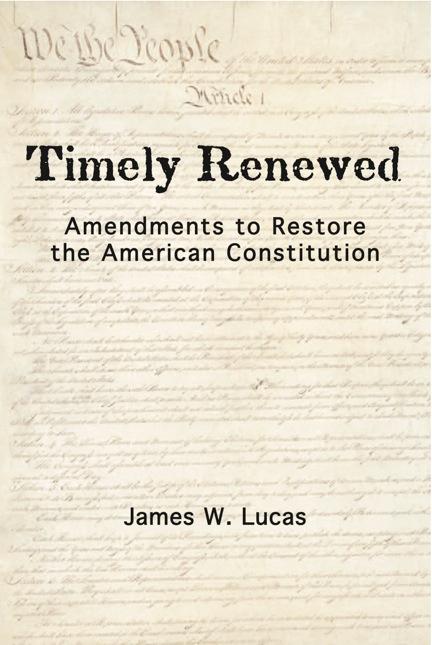One possible problem you may note is that the streamlined procedure with lower super-majorities under the “amendment amendment” still requires amendments to be approved by Congress if the three-fourths state ratification requirement is not met. Even with the reduced super-majority, it may be difficult to get amendments through Congress which truly limit the power of the national government and return it to the States. Here is where the third important feature of the “amendment amendment” comes into play. If an amendment has been ratified by two-thirds of the States (but has not reached the three-fourths requirement), and Congress has failed to approve it within three months before the next election, the amendment will instead go to a national referendum in that election. If it receives three-fifths (or five eighths in the 5 State version) of the national vote in that election, it becomes part of the Constitution without Congress’ approval. In the Federalist No. 39, Madison argued that the amendment process was both national and federal in character, with the Congress speaking for the “national” interest and the States for the “federal” interest. The national referendum provision of the “amendment amendment” allows the whole people to speak for the “national” interest where Congress balks at constitutional reform to rebalance those interests where they have become far overweighted toward the national government.
The “amendment amendment” also contains a second avenue for bypassing a recalcitrant Congress by streamlining the existing Article V procedures which provide that amendments can be ratified without congressional approval if initiated by a convention called by two-thirds of the States. The “amendment amendment” eliminates the cumbersome and unnecessary convention and provides instead that a state-initiated amendment becomes part of the Constitution whenever three-fourths of the States have approved it.
These provisions preserve the spirit of the original Article V state-called convention process, which contemplates the ratification of an amendment without congressional approval. The “amendment amendment” just makes it more feasible to bypass a power-grubbing Congress by either a national referendum or a ratification by three-fourths of the States without requiring the current cumbersome procedure whereby two-thirds of the States have to call a convention, and then three-fourths have to ratify the convention’s amendment proposal(s).


